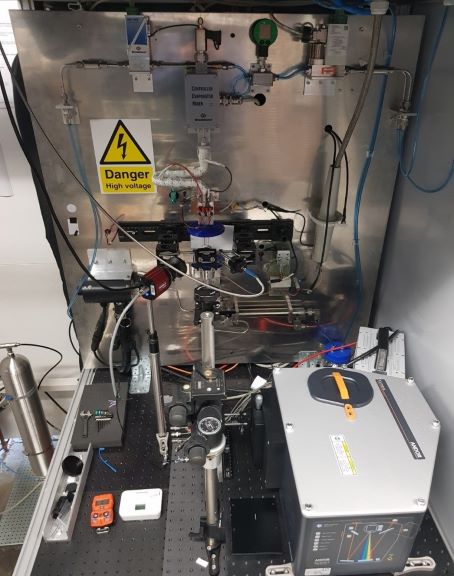Plasma storage and conversion
Technological change and innovation are central to longer-term efforts to mitigate climate change by developing alternatives to replace fossil fuels in transportation fuels as well as in chemical industry. This new research area at KTH attempts to develop a promising technology to produce high-value carbon-based materials utilizing greenhouse gases
The purpose of this new research area at KTH is to develop an efficient plasma-based chemical conversion system to synthesize essential carbon-based chemicals by utilizing greenhouse gases instead of fossil fuels. Plasma chemical conversion is a promising but still widely unexplored technology which we believe can cost-effectively produce carbon-neutral chemicals when renewable energy is used to feed the process. Among other advantages, it has low investment and operating cost, high energy efficiency, simplicity, compactness, modularity and does not use rare-earth materials. Since it also can be turned on and off very fast (below a millisecond), it can be used to store surplus wind or solar energy in a power-to-chemicals approach.
As a first step, this project will start with the utilization of carbon dioxide CO2 to synthesize carbon monoxide CO. CO is a vital chemical for several branches within the chemical industry that together with hydrogen H2 (produced by an electrolyser) form syngas, a high-market-value raw material. Since it is generally produced by reforming fossil fuel feedstocks such as natural gas, coal or mineral oil in conjunction with hydrogen, it is key in the future to produce CO from more environmental sources.
After several years of design and construction work, we are happy to present our first plasma-based chemical conversion experimental setup. The setup allows studying warm arc plasmas in CO2 as the main gas carrier. However, it allows also to mix a secondary gas (e.g. nitrogen) and water vapour which can also be normally present if the exhaust of CO2 point source industries such as cement or steel. The setup has also three different systems for optical spectroscopy analysis for plasma diagnostics. It includes a fast camera, electrical measurements as well as an inline gas analyzer.


